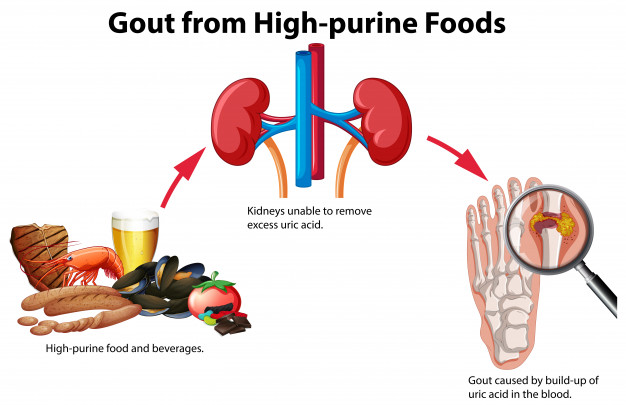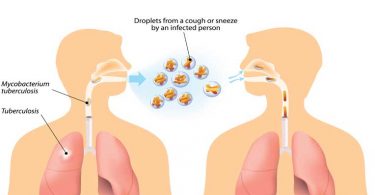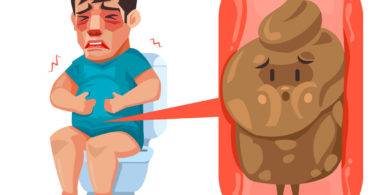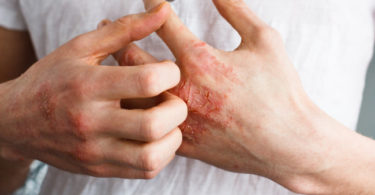HOMOEOPATHY AND GOUT
INTRODUCTION :
Gout was first described by Hippocrates.The term ‘gout’ is derived from Latin word ‘gutta’ and French word gote, both meaning a drop of liquid.
Gout is the oldest form of arthritis and is characterized by multiple acute episodes of monoarticular inflammatory arthritis , which is due to MSU crystals accumulating in a joint. Urate is formed as a by-product of purine metabolism.
It can be defined as the pathological reaction of the joint or periarticular tissues to the presence of monosodium urate monohydrate (MSUM) crystals. MSUM crystals preferentially deposit in peripheral connective tissues in and around synovial joints, initially favouring lower rather than upper limbs and especially targeting the first metatarsophalangeal and small joints of feet and hands. Gout is a metabolic disease that most often affects middle-aged to elderly men and postmenopausal women.
FOUR STAGES OF GOUT
1.Asymptomatic Hyperuricaemia
2.Acute gout
3.Intercritical gout
4.Chronic tophaceous gout
CLINICAL FEATURES
Sudden onset of joint pain
Joint swelling
Heat in the affected area
Joint redness
Acute gout is characterized by : the sudden onset of pain , warmth , tenderness , erythema and limited range of motion and sudden onset of swelling in an involved joint.
Acute gout may be accompanied by leucocytosis , increases erythrocytes sedimentation rate and C-Reactive Protein.
FACTORS THAT INCREASE URATE PRODUCTION
NUTRITIONAL: excess purine , ethanol , fructose consumption.
HEMATOLOGICAL : myeloproliferative and lymphoproliferative disorders & polycythemia.
Drugs
Genetic : enzyme mutation
Miscellaneous : obesity , psoriasis & hypertriglyceridemia
These symptoms and signs usually affect a single joint. The pain is typically severe, reflecting the severity of inflammation in the joint. The affected joint becomes swollen. Gout frequently involves joints in the lower extremities. The classic location for gout to occur is the big toe (first metatarsophalangeal joint). Podagra is the medical term for inflammation at the base of the big toe. Gout can also affect the foot, knee, ankle, elbow, wrist, hands, or nearly any joint in the body. When gout is more severe or longstanding, multiple joints may be affected at the same time. This causes pain and joint stiffness in multiple joints.

INVESTIGATIONS
Uric acid blood test: The first step in diagnosing gout is usually a uric acid blood test. High uric acid levels are associated with gout.
Joint aspiration: A joint aspiration is usually the next step. This test involves removing a sample of fluid from the affected joint and examining it under a microscope for urate crystals.
X-rays: If patients have persistent joint disease or tophi under the skin and your doctor suspects chronic gout, an X-ray may help with the diagnosis. This will show if there are lesions or permanent damage.
Dual energy CT scan: This CT scan can detect urate crystals in a joint. However, it isn’t routinely used due to its expense.
HOMOEOPATHIC APPROACH
Homoeopathy is the most popular holistic system of medicine. The similimum remedy is the homoeopathic remedy that resembles a person symptoms.In order to find the similimum “ every case should be individualised “. Prominent , marked , peculiar and characteristic symptoms individualise a case.
The action of the homoeopathic remedy in an acute case is to catalyse the natural process already produced by the body’s defence mechanism .
The homoeopath therefore places more emphasis on recent symptoms and less on long standing symptoms of chronic state.
ACCORDING TO GERMAN NEW MEDICINE , it is rather the underlying abandonment and existence conflict that has to be addressed! Gout in the joint at the base of the big toe is commonly associated with excess alcohol consumption; although, not every heavy drinker has gout! If, however, the intoxicated condition triggers a conflict of “not being able to walk or not being able to balance”, the development of gout is preprogrammed; whether it affects the right or left toe is determined by a person’s handedness and to whom the self-devaluation conflict relates – to the mother, the partner, the children.
HOMOEOPATHIC REPERTORIZATION AND TREATMENT
The case history of each subject is used as a base of repertorization.The most recent acute and syphilitic symptoms are extracted to construct rubrics.
In acute cases its important to categorize symptoms in location , sensation, modalities and concomitants .
RUBRICS
Extremities; inflammation; gouty
Extremities; inflammation; gouty; knees
Extremities; nodosities, arthritic, gouty; skin covers bone, were
Extremities; pain; gouty; cold, taking, agg.
Extremities; pain; gouty; climacteric period, in
Extremities; pain; gouty; fear of being touched, with
Extremities; pain; gouty; weather, in change of
Extremities; pain; gouty; toes
Extremities; pain; gouty; fingers; stretching agg.
Extremities; pain; gouty; upper limbs; joints; small joints
Generalities; nodosities; gouty, bones
Generalities; pain; gouty; wandering
Generalities; weakness; gout, after
REFERENCE
HARRISONS principle of Internal Medicine 20th edition
www.learninggnm.com
Complete repertory via complete dynamics
Organon of Medicine by R.Dudgeon





